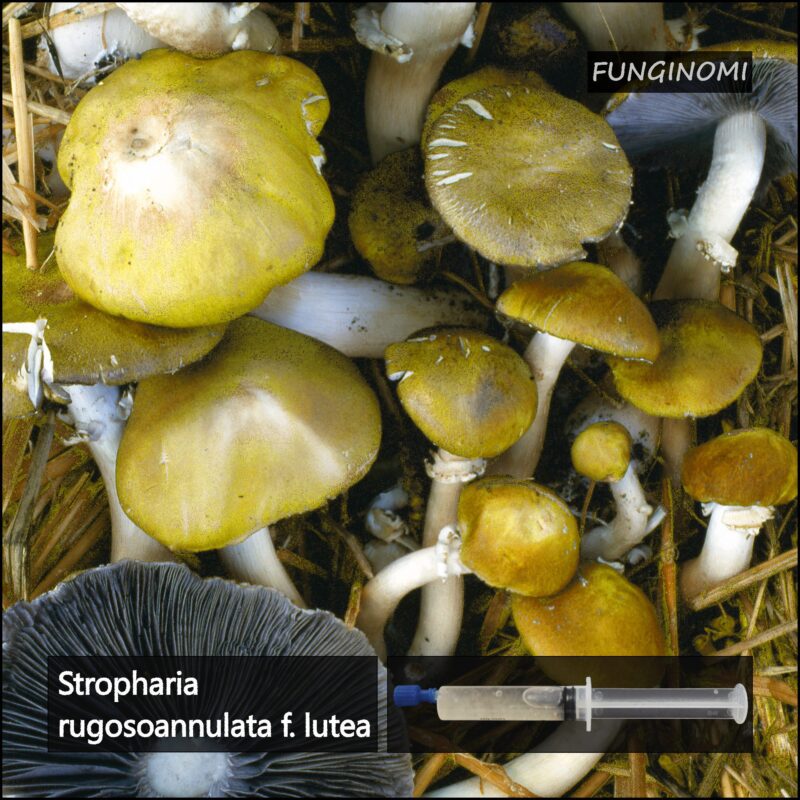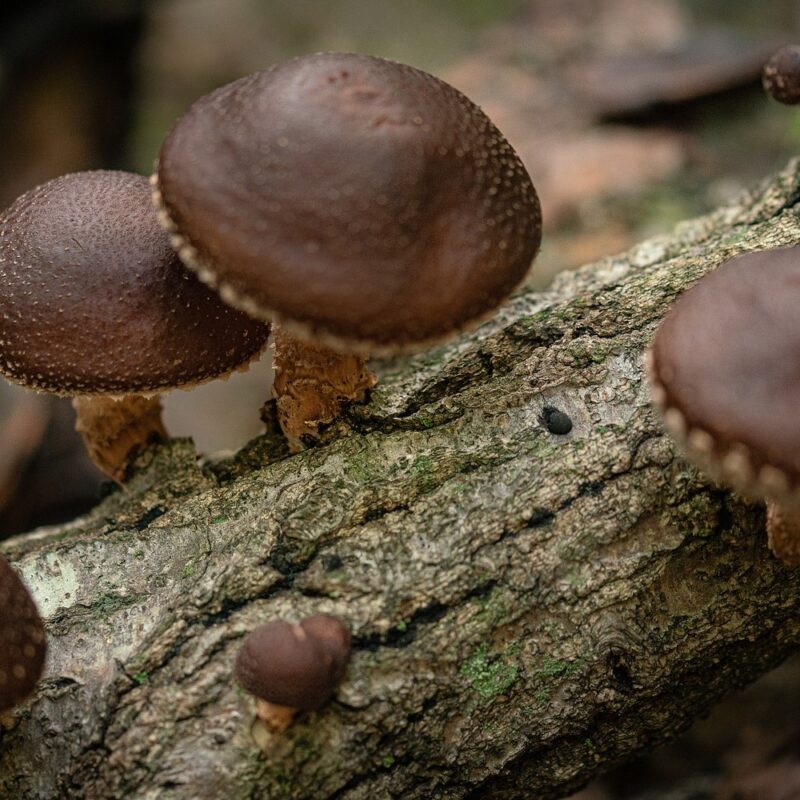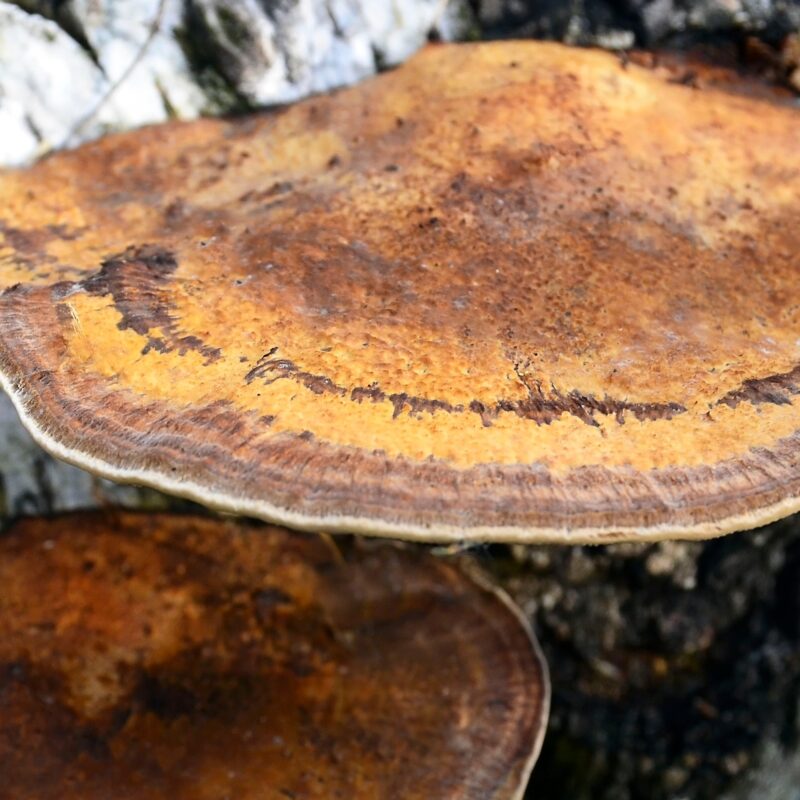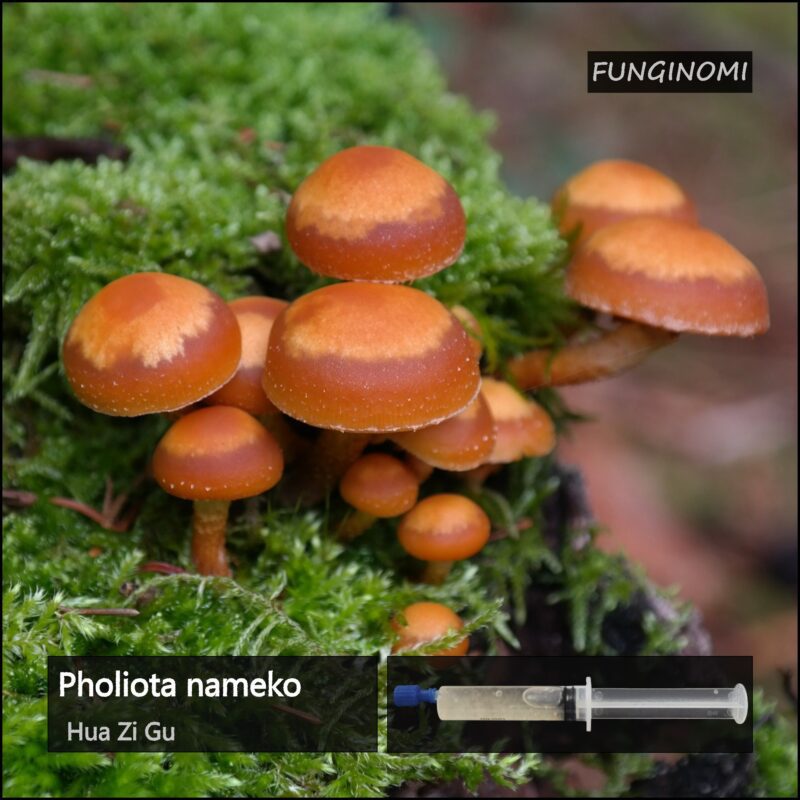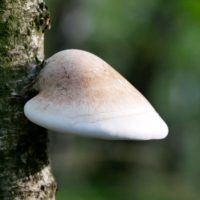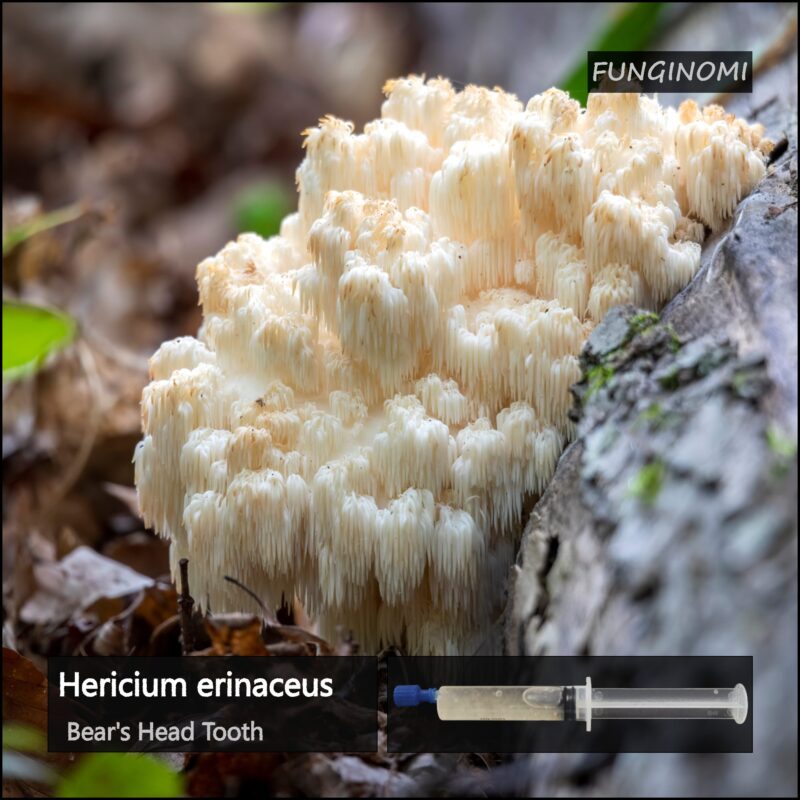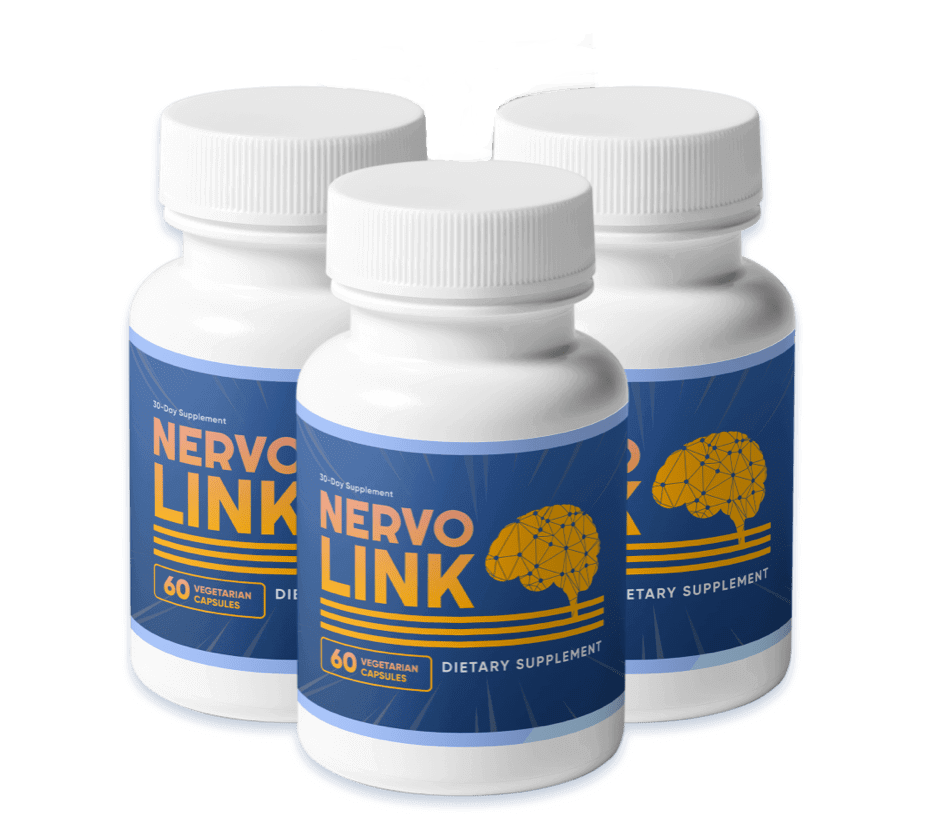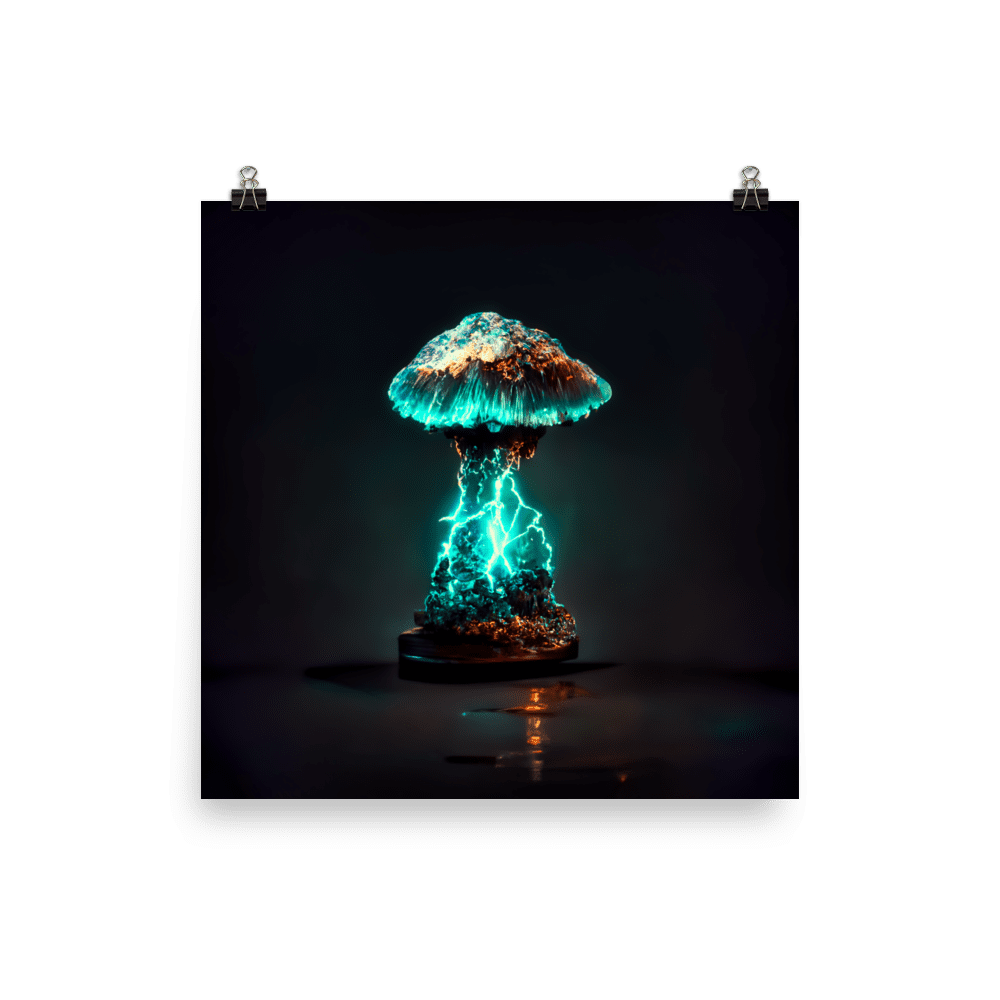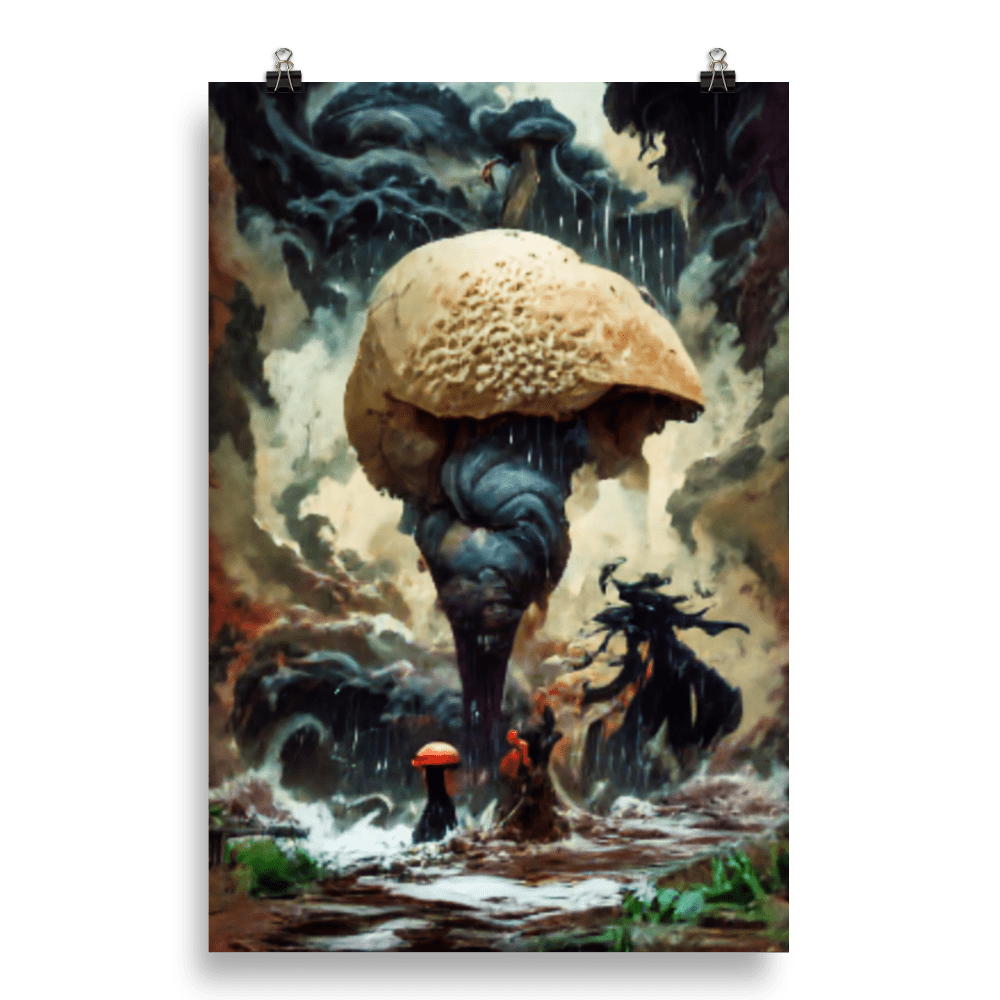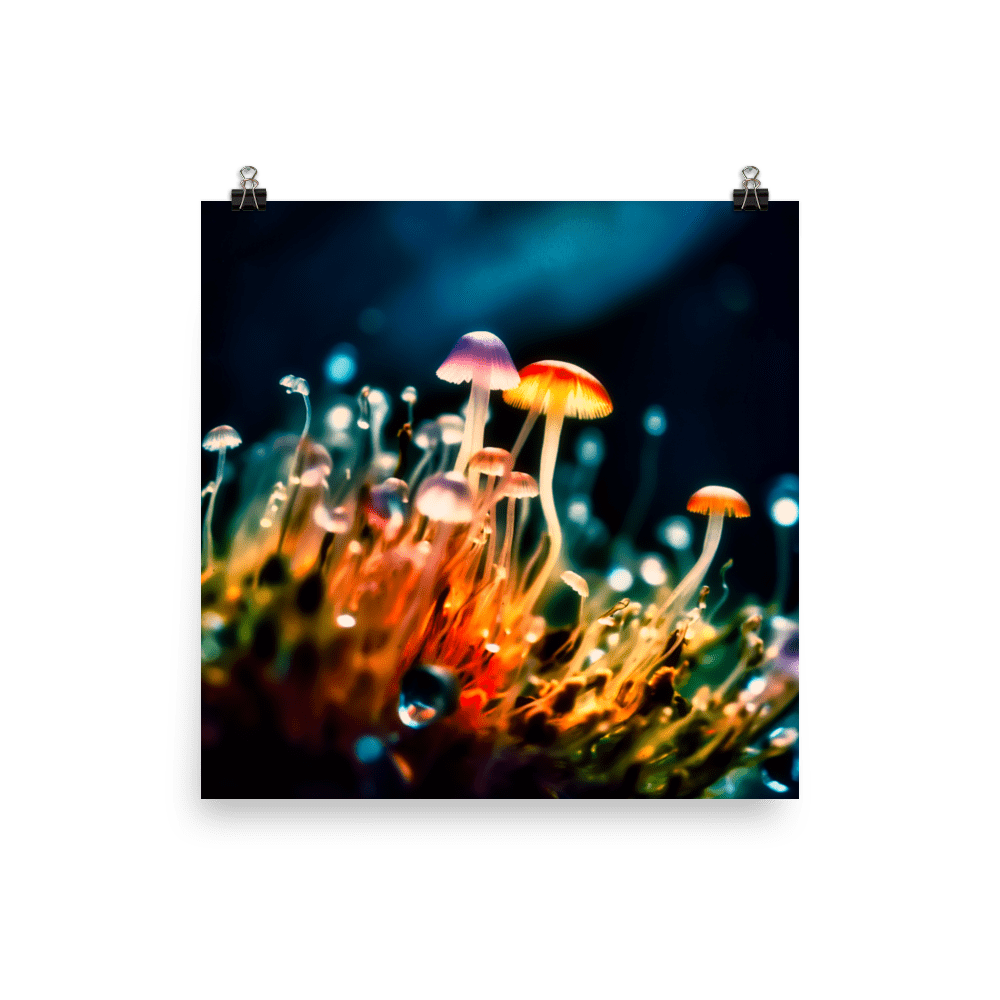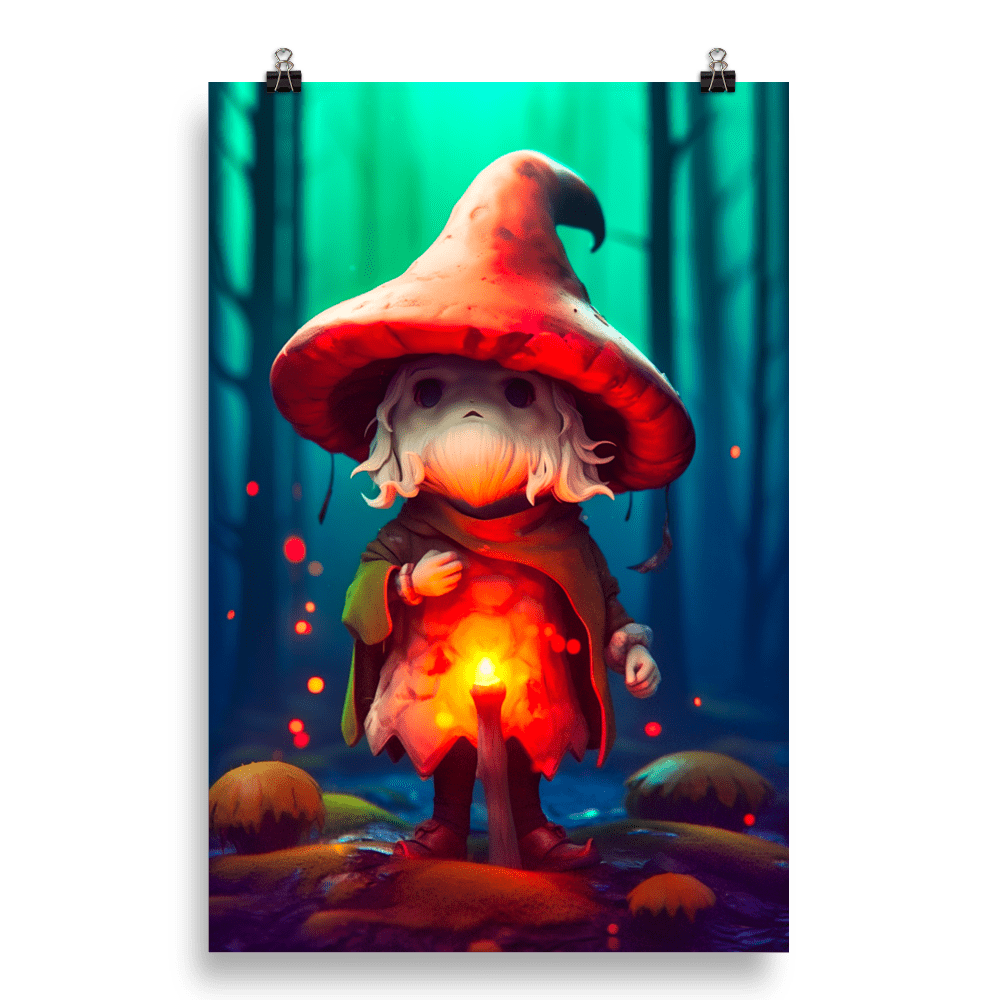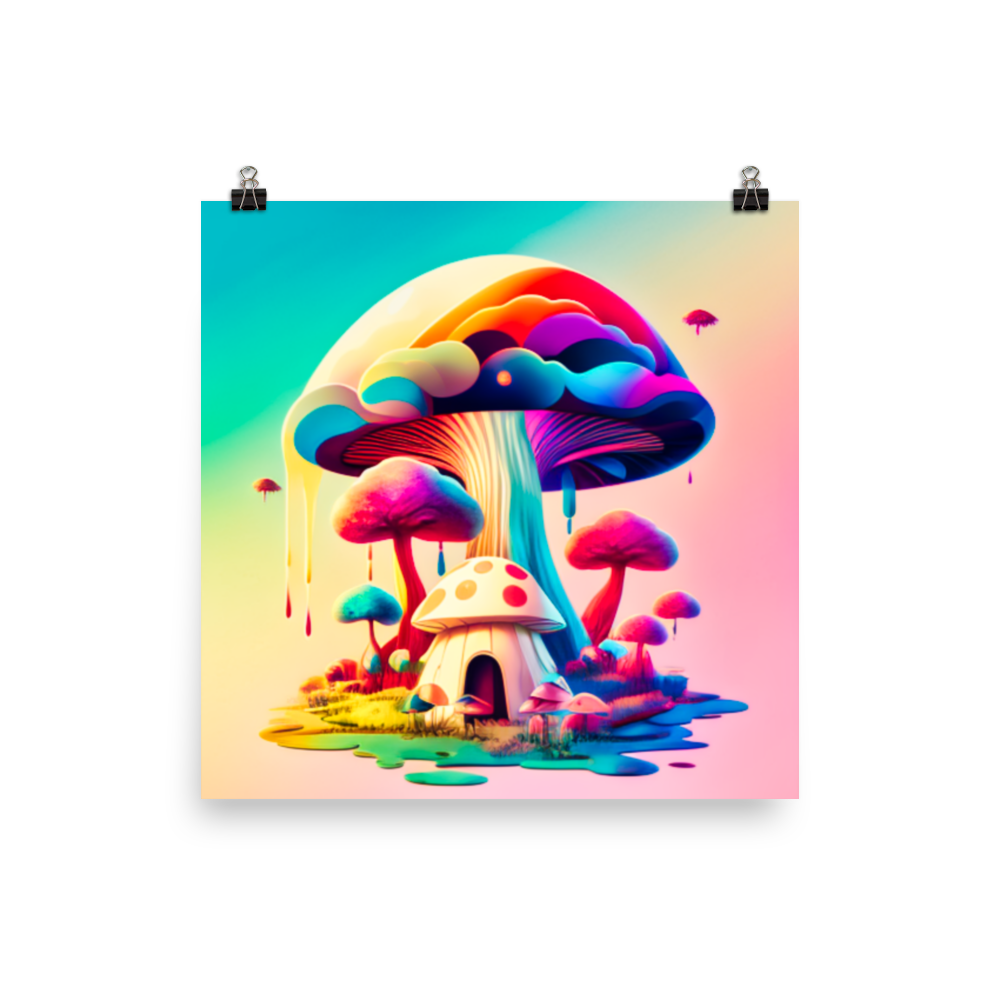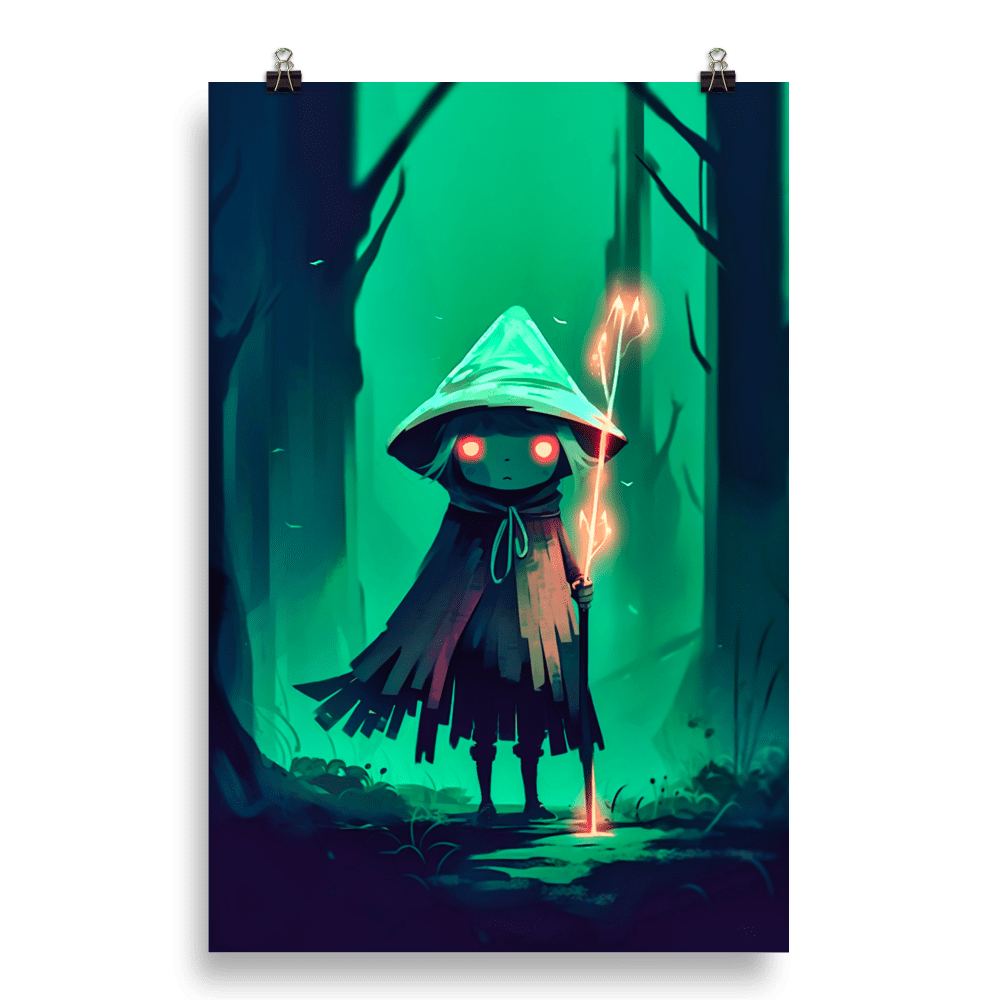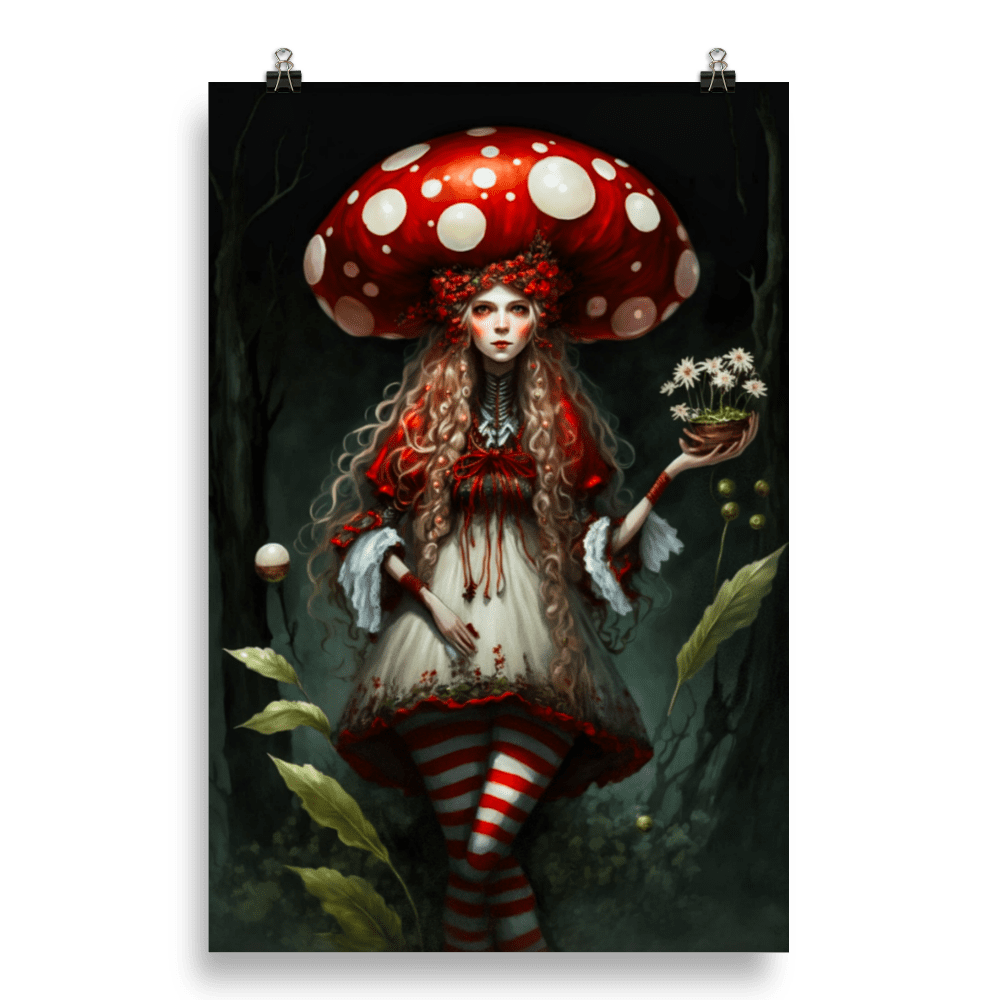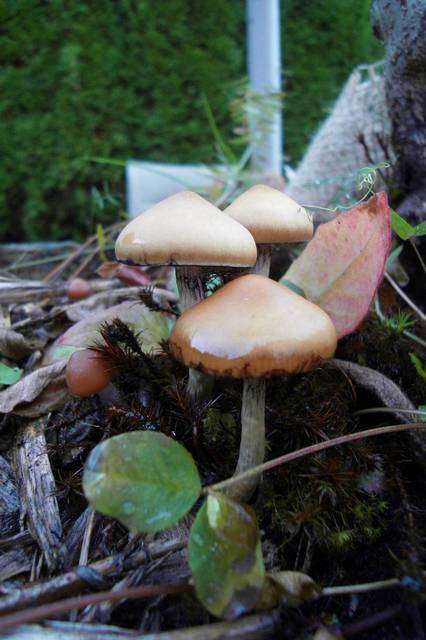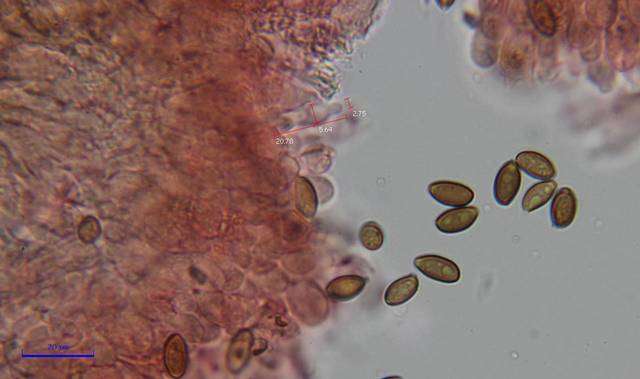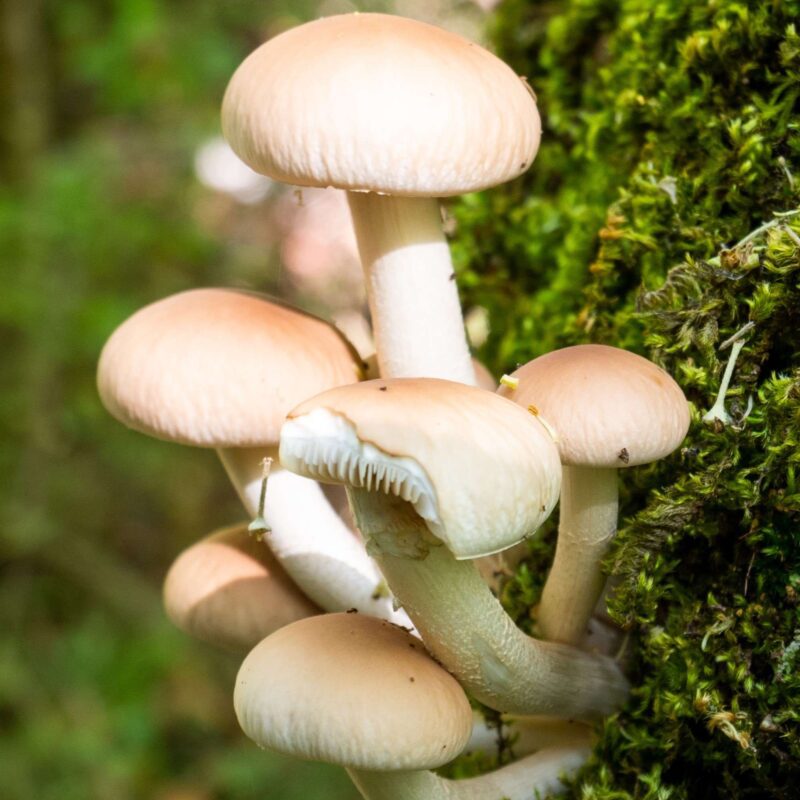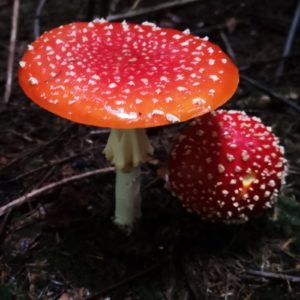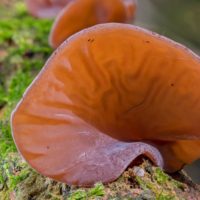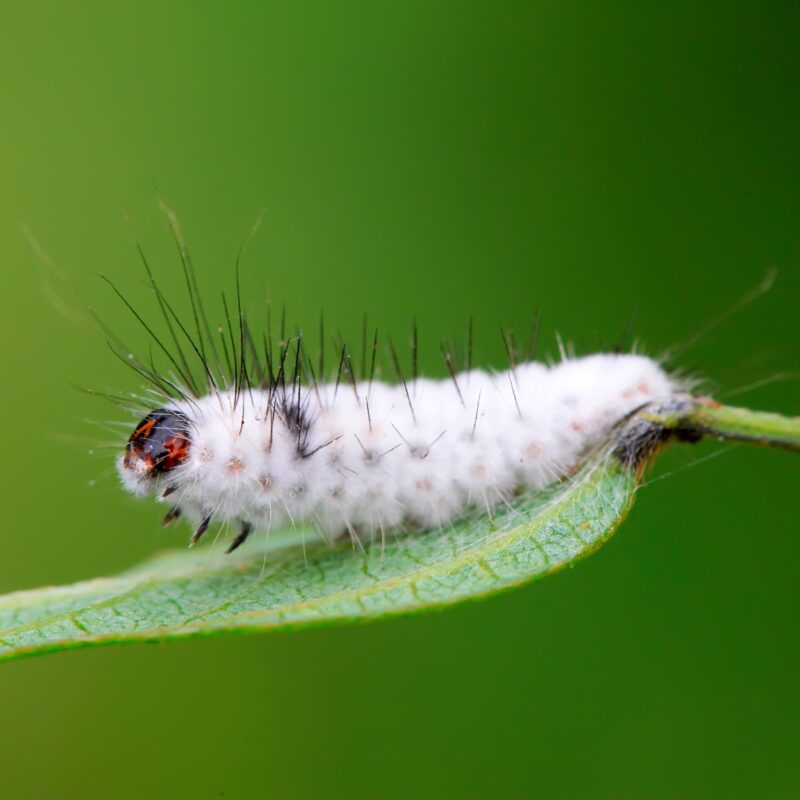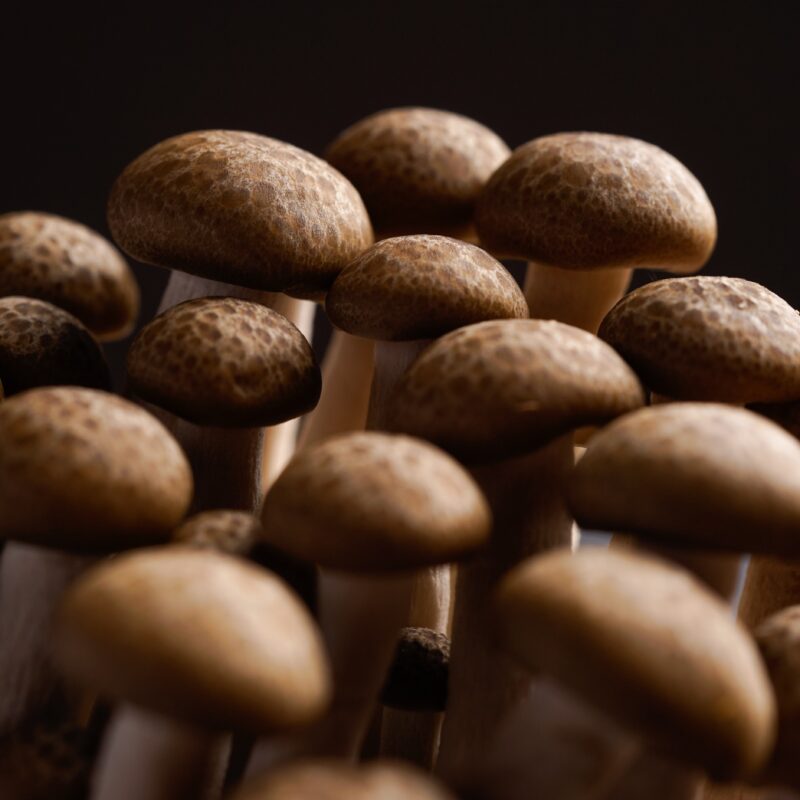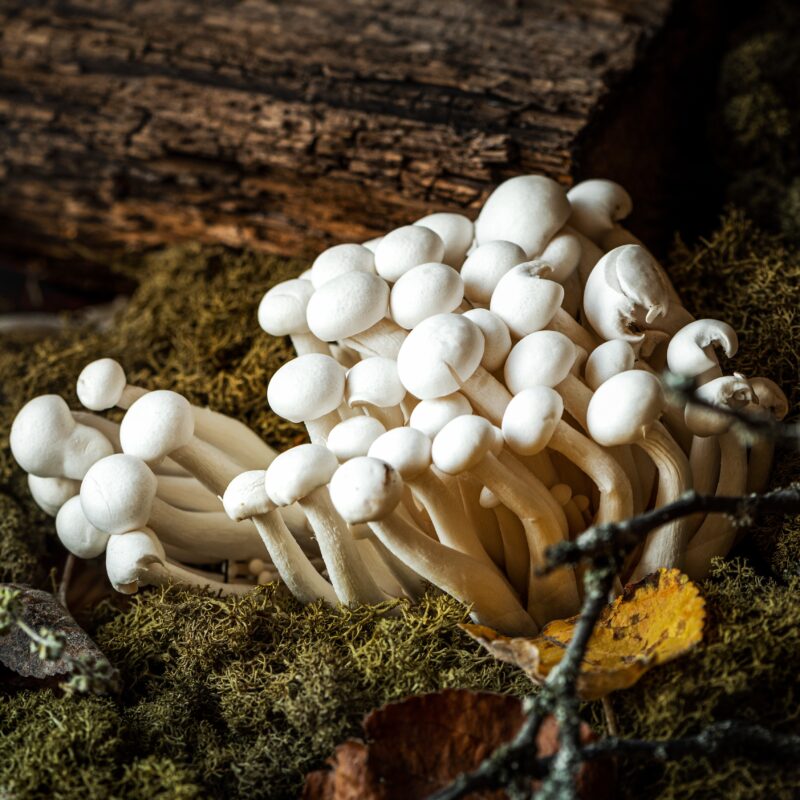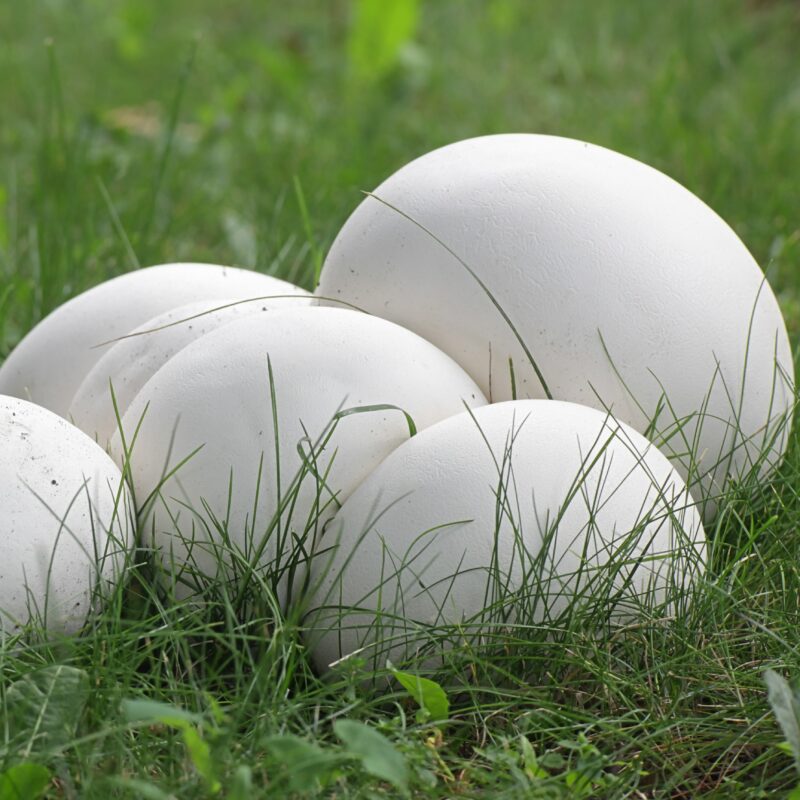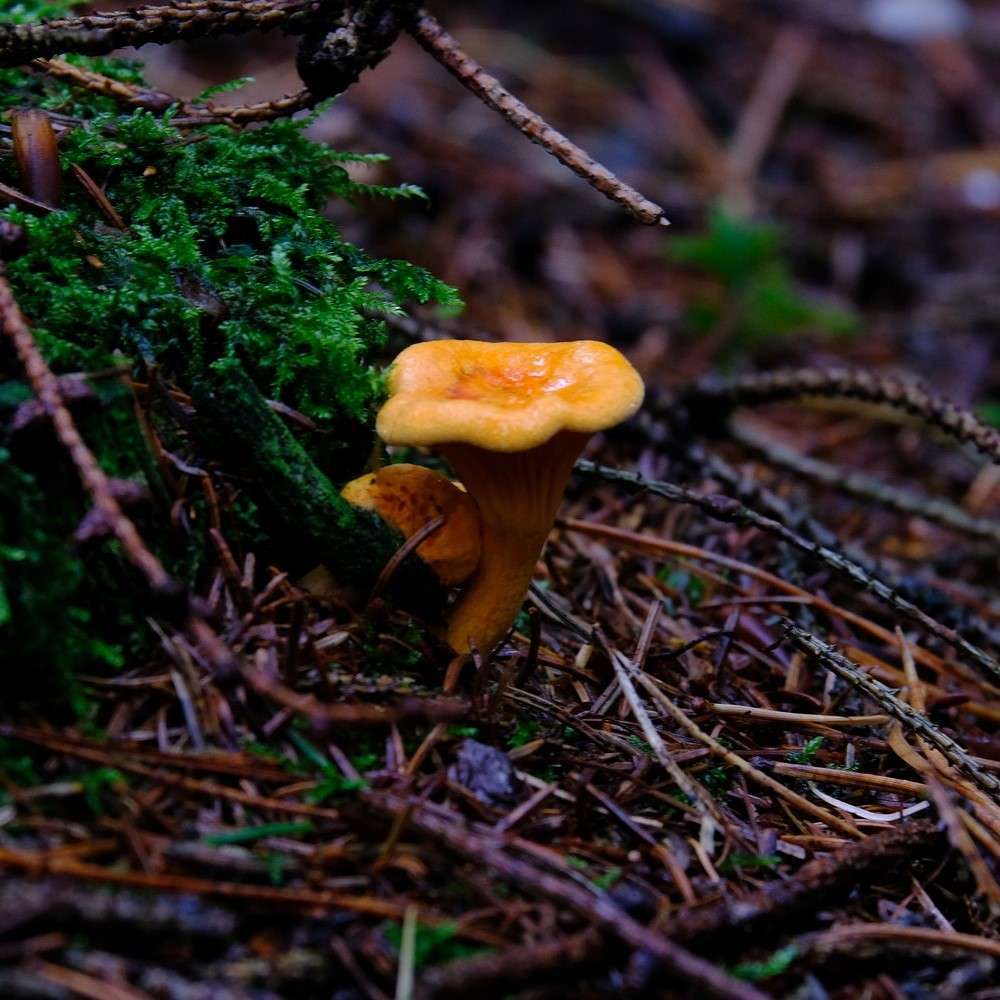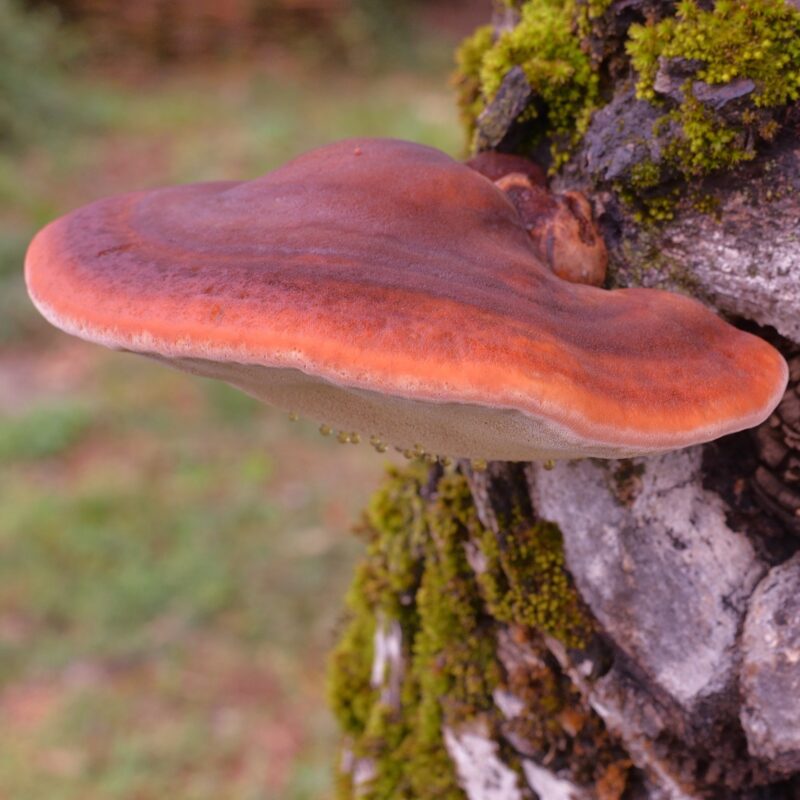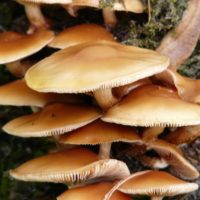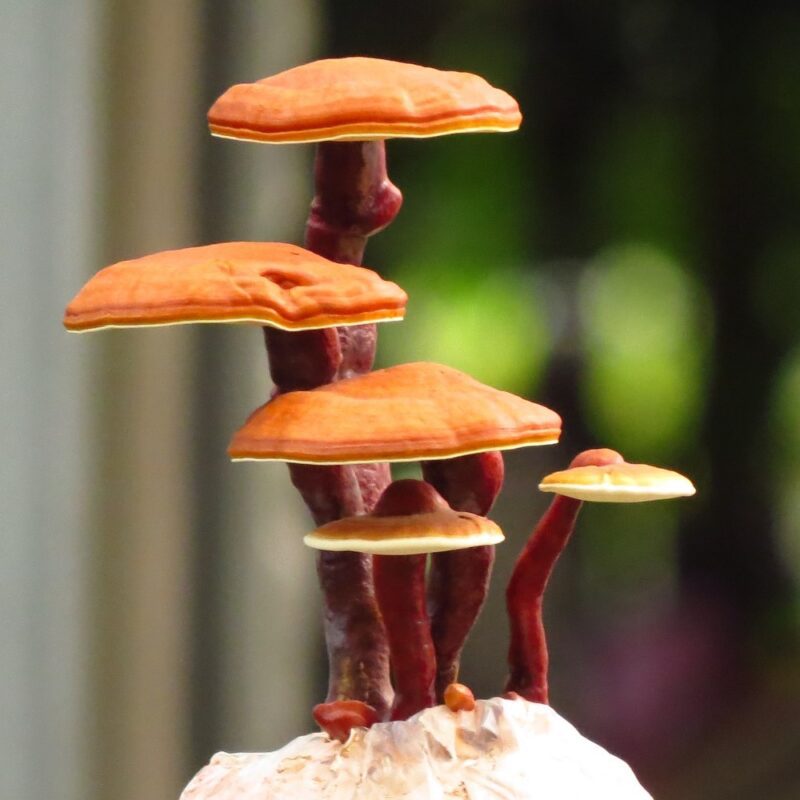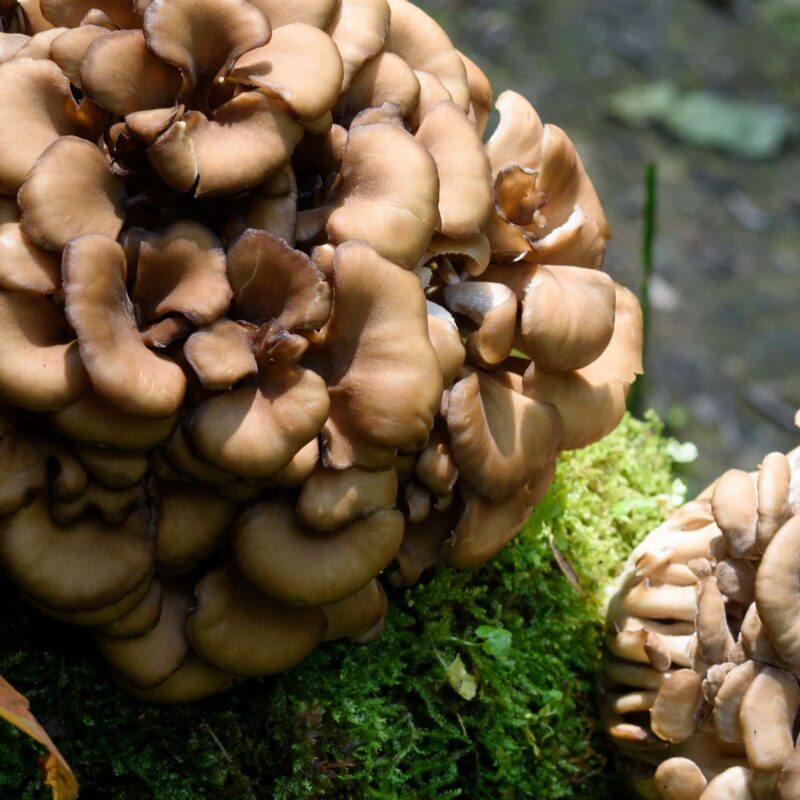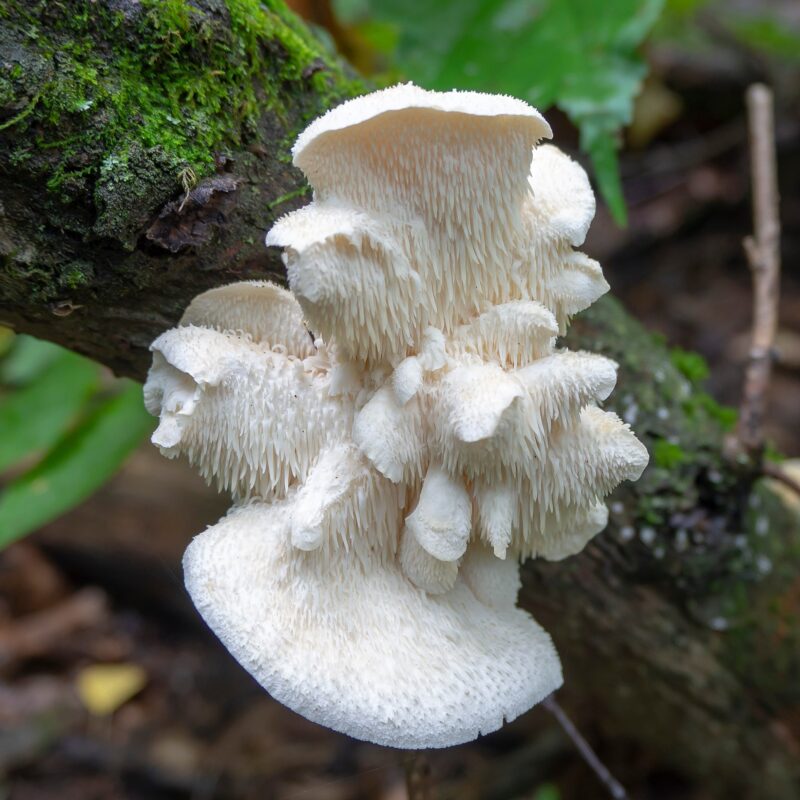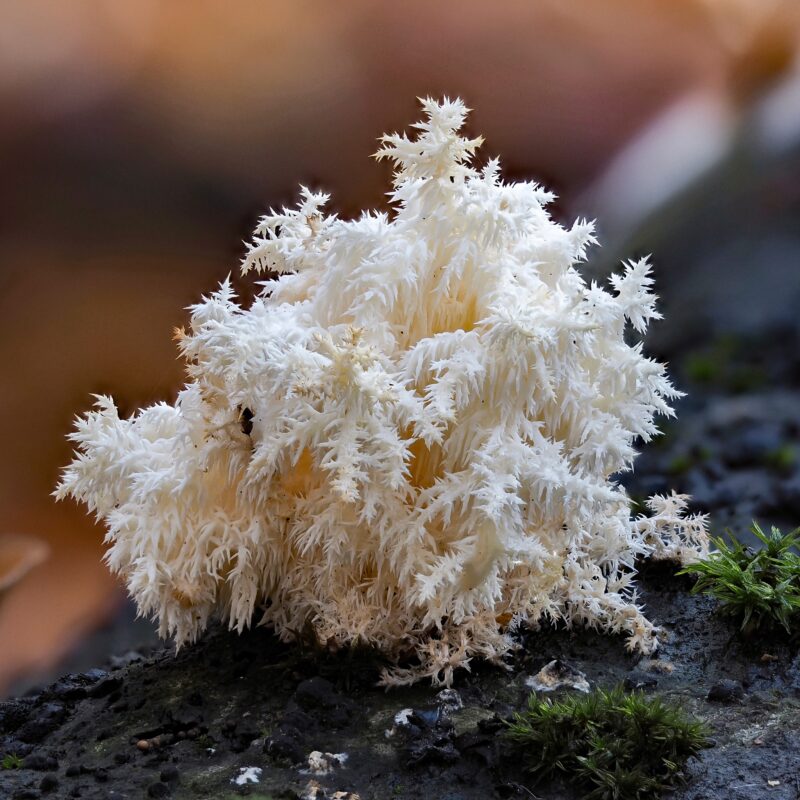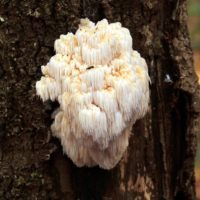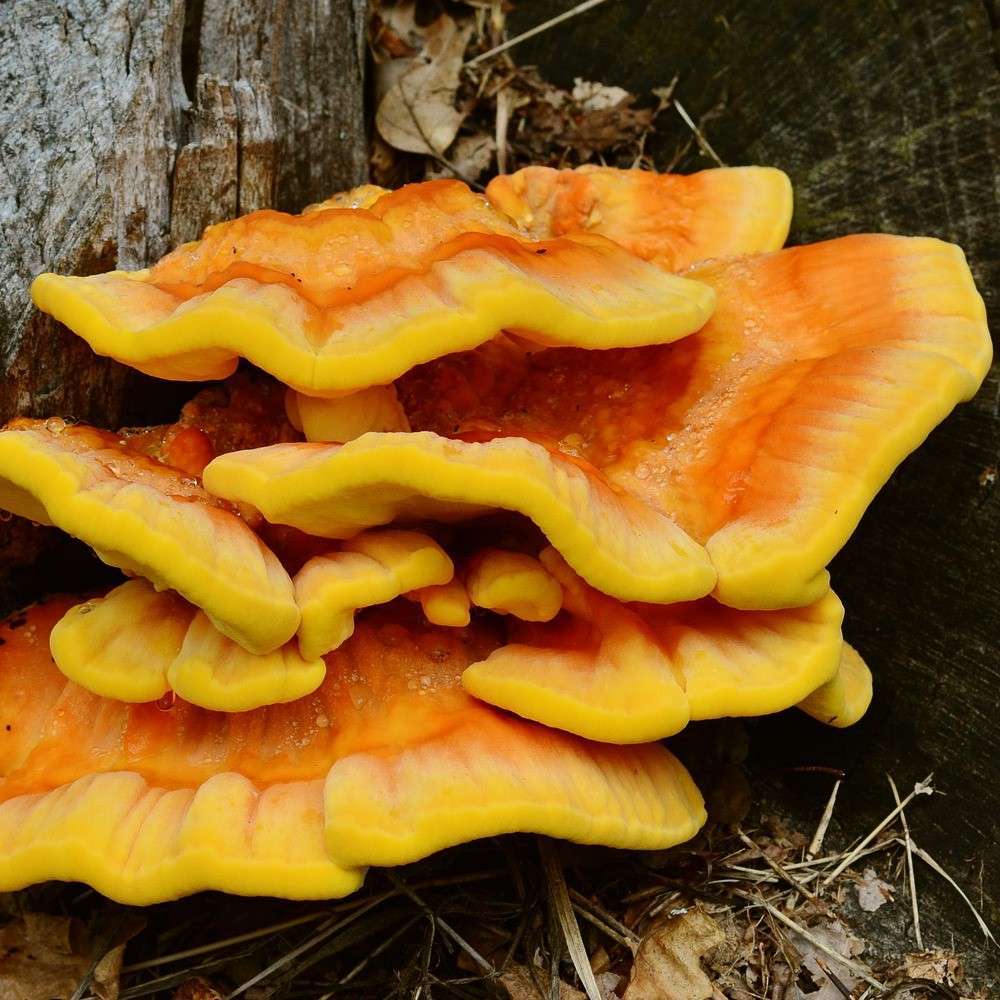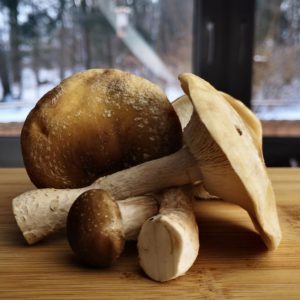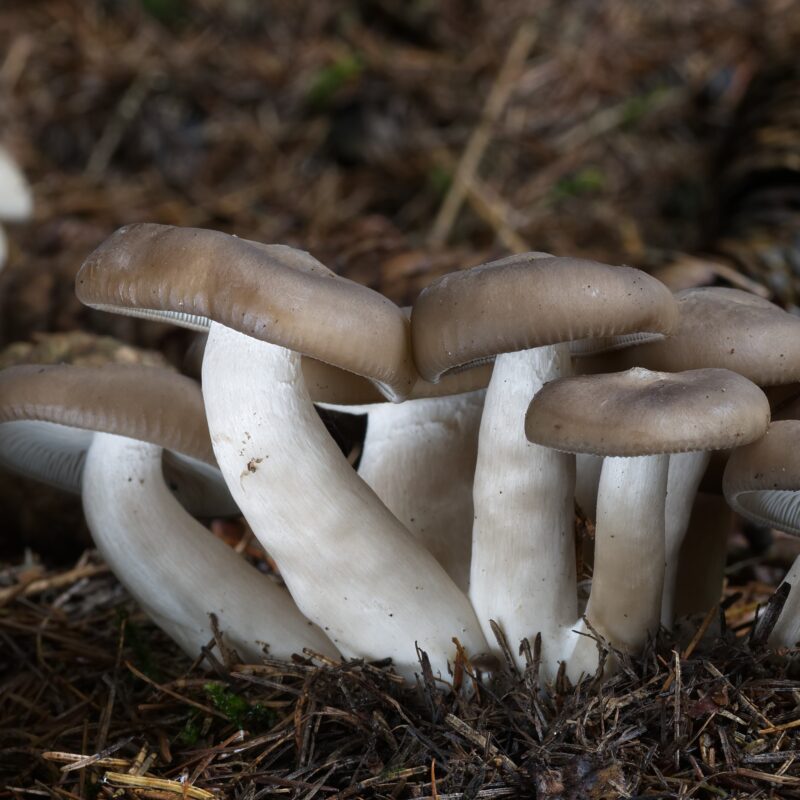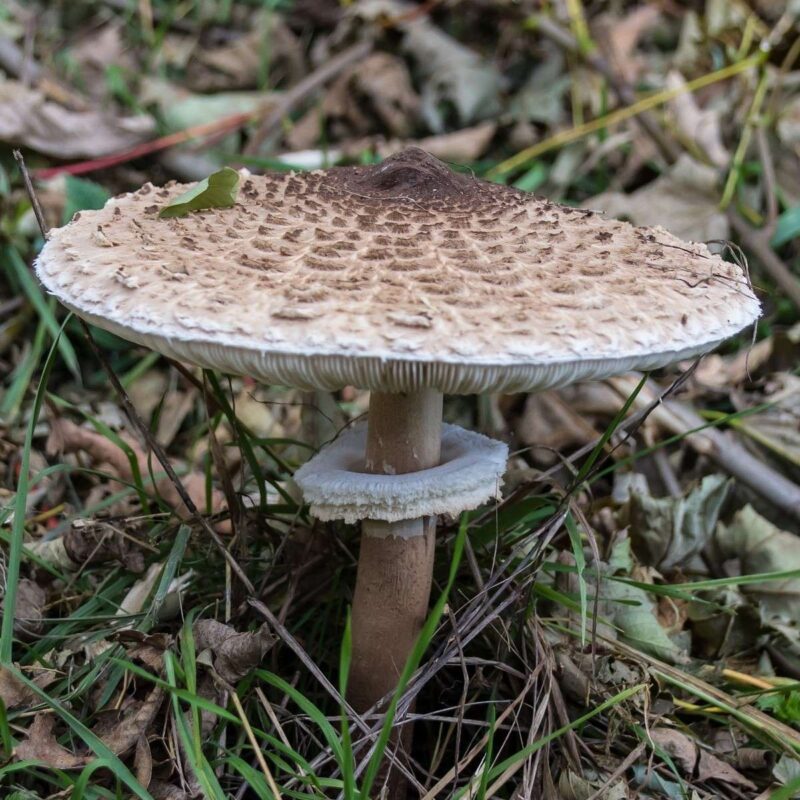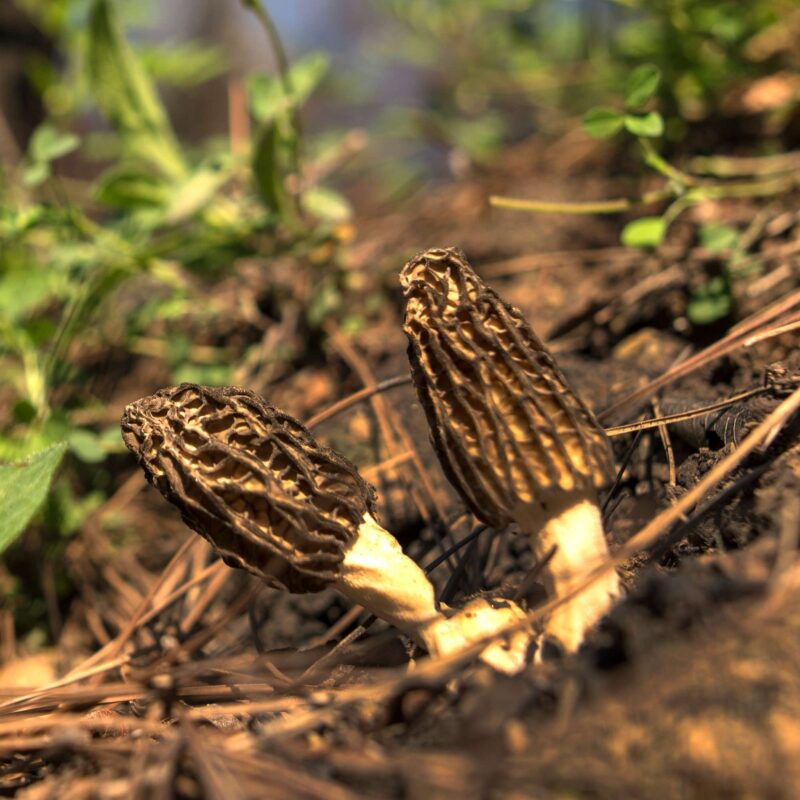© Caleb Brown
Description
Properties
Psilocybe azurescens is a species of psychedelic mushroom known for its potent hallucinogenic properties. It belongs to the genus Psilocybe, which encompasses many other species with similar characteristics. Psilocybe azurescens is commonly referred to as “Flying Saucers” or “Azzies” by enthusiasts.
Distinguishing this species is often very difficult and is usually only safely possible microscopically. Fatal confusions with “Rauköpfen” are possible.
Psilocybe azurescens fungus was first discovered in the United States near Astoria, Oregon, for which it received the name “Psilocybe astoriansis.” It was later given its mycologically correct name, Psilocybe azurescens, due to the blue color it produces when injured.
But there’s more! Psilocybe azurescens boasts another unique trait that elevates its status even higher – its sheer resilience. It thrives in the face of adversity, choosing to sprout in the chilly autumnal months when most other mushrooms retreat.
Psilocybe azurescens has a strong hallucinogenic effect. The psilocybin content can be almost up to 1.8%, the psilocin 0.4% and baeocystin 0.4% of the dry matter. It is considered one of the most potent psilocybin-containing mushrooms, with concentrations that can surpass those found in other well-known species like Psilocybe cubensis.
It is important to note that the consumption of Psilocybe azurescens and other psychedelic substances carries legal and health implications in many jurisdictions. Always ensure you are aware of and comply with the laws and regulations of your specific location before engaging with such substances.
Additionally, using psychedelics should be approached responsibly and with proper research, preparation, and consideration for personal safety. However, remember to approach these magical mushrooms with respect, reverence, and caution. Like any potent experience, it’s crucial to tread carefully, ensuring a safe and informed journey into the depths of your consciousness.
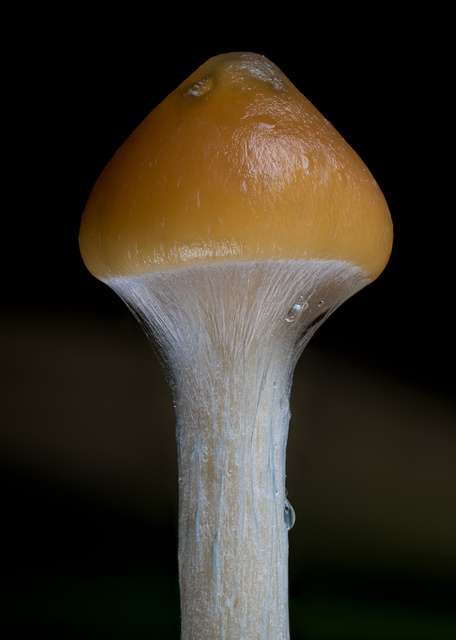
© Alan Rockefeller
1. Growing
Growing Procedure
To successfully grow Psilocybe azurescens mushrooms, it is important to prepare the spawn and create an ideal environment for their cultivation. Follow these steps for a comprehensive guide:
-
Start by preparing the malt extract agar, which will serve as the medium for germinating the spores. In a clean and sterilized kitchen environment, add 4g of malt extract and 2g of agar to 100ml of water. Bring the mixture to a boil to dissolve all the solid particles.
-
Fill suitable containers, such as jars not exceeding 10cm in height, with approximately 1cm of the prepared malt extract agar. Ensure the jars have loose caps to allow gas circulation, and cover the caps with tin foil to minimize airborne contamination.
-
Place the jars in a pressure cooking pot with a few centimeters of water. Close the pot and slowly bring it to a boil until the maximum pressure is reached. Maintain this pressure for 20 minutes to sterilize the medium and kill any spores of mold and bacteria. Allow the pot to cool to room temperature afterward.
-
Once the agar has cooled down, it’s time to germinate the spores. Place a small amount of mushroom spores on the sterile malt extract agar in the jars. Let the jars stand at room temperature (between 18 to 24°C or 65 to 75°F) and wait for a few days for the spores to germinate. After approximately three weeks, the mycelium will become visible as cottony white hairs growing in all directions from where the spores were placed.
-
To isolate pure mycelium, take a small piece of the white mycelium from one of the jars and transfer it to a fresh jar containing agar medium. This can be done using a sterile lancet or similar instrument. Look for thick filamentous structures, known as rhizomorphic mycelium, which indicate a healthy culture. Repeat this isolation process if necessary to obtain a pure culture free from contaminants.
-
Now that the spawn is ready, it’s time to create a suitable growing environment for Psilocybe azurescens. Find a moist patch of land away from direct sunlight. The best time to start cultivation is in January or early February to take advantage of the damp climate during the mushroom’s 6-month fruiting cycle.
-
Prepare the necessary materials, including 10 liters of small beech woodchips, a plain brown cardboard box (30 × 30 × 15cm), and a 1L plastic container.
-
Sterilize the woodchips by filling the plastic container with woodchips and pouring boiling water over them. Let the chips soak overnight or until they cool, then drain the water.
-
Open the spawn jars and gently break up the mycelium using a clean fork. Add the spawn to the moist woodchips in the plastic container, ensuring even distribution.
-
Cover the mixture with a layer of wet cardboard and loosely place the lid on the container. This protects the mycelium from dust while allowing it to breathe. Leave the container in a clean, dust-free area at room temperature for about a month until the woodchips are fully colonized with mycelium.
-
In a separate large bucket or pan, submerge the rest of the woodchips in boiling water. Let them sit overnight, then drain the water.
-
Fill the cardboard box with the colonized woodchips and the moist woodchips. Mix everything evenly using a clean fork.
-
Bury the open box in a shady spot under a shrub or deciduous tree. For better results, add a 1cm top layer of moist soil and sprinkle some grass seeds. This provides additional protection.
Have fun :)
S
|
P
|
F
|
|
|---|---|---|---|
Temp °C |
21-24°C (70-75°F) | 18-21°C (65-70°F) | 10-16°C (50-60°F) |
Relative Humidity % |
95 | 95 | 95 |
Duration d |
14-21 | 14-21 | 28-70 |
CO2 ppm |
>5000 | 1000-2000 | <1000 |
FAE per h |
0-1 | 4-6 | 4-8 |
Light lux |
– | 100-800 | 500-1000 |
Affiliate Partner
Growing
Agar Culture Media: MEA, MYPA, MYA, PDYA
Cropping Cycle:
Containers for fruiting:
Biological efficiencies:
Substrates:
Growing Characteristics
Natural Habitat
Season: late summer to late fall
Pacific Northwest October to late November
Europe end of September to mid-October
Deciduous forest, calcareous soils, in moist forests or gardens, on dead wood, humus, late decomposers, cultivated as a drug. The mycelium thrives on wood debris, pine bark, straw, and moist cardboard and paper.
Psilocybe azurescens most common in the Astoria, Oregon area (the type locality), however the species is spreading rapidly due to deliberate outdoor cultivation. It has been reported as far north as Santa Cruz, California, although it is not common in California. Fruiting typically occurs in January in California.
2. Identification
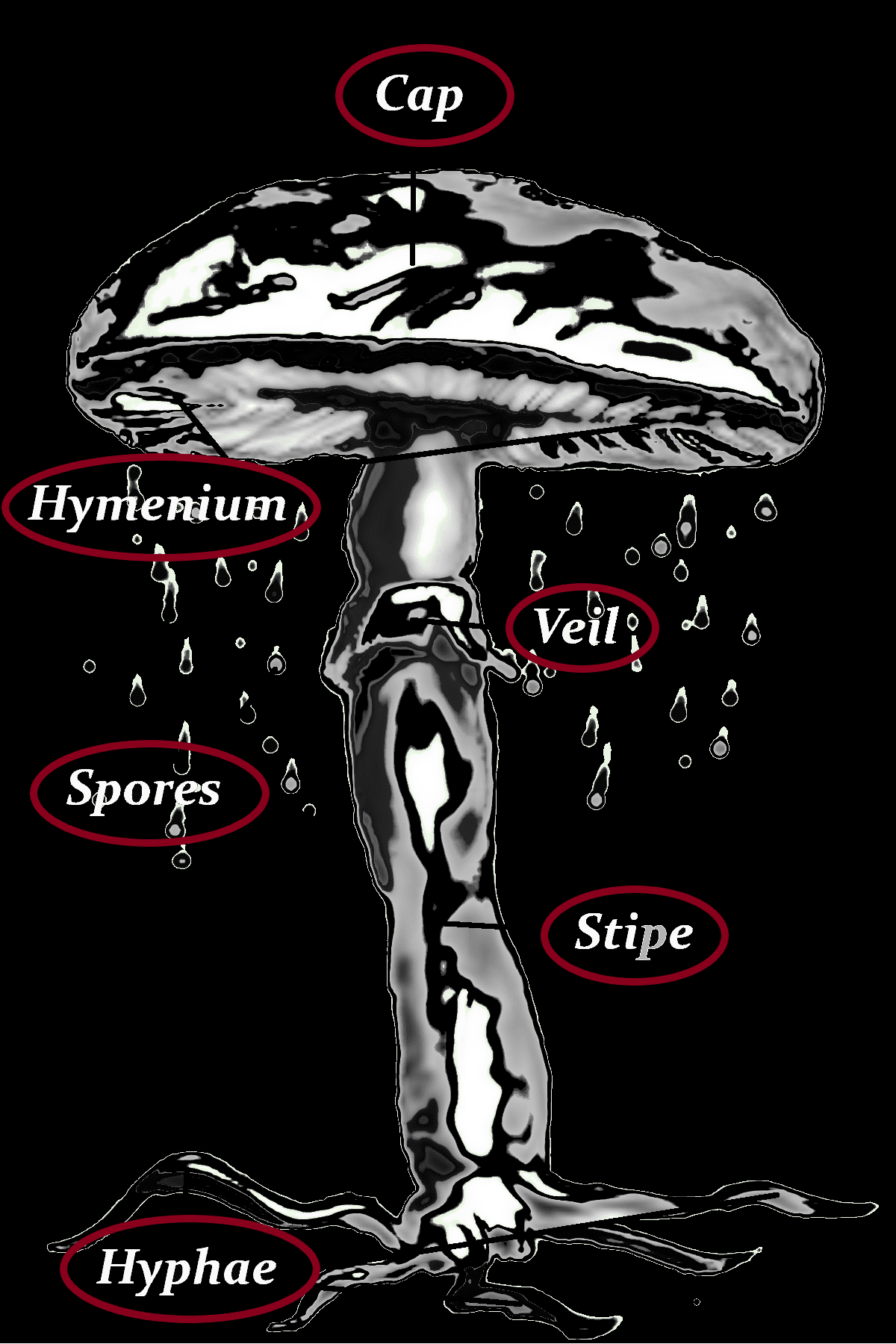
Cap
-1-2 (3) cm
-grayish brown, light brown, hazel, orange-brown
-pale ochre yellowish when dry
-hygrophanous
-smeary when wet
-hemispherical, later flattened, humped
-young hemispherical, margin slightly grooved
Stipe
-2-6 (7) cm long
-0.1-0.4 (0.5) cm thick
-light brownish, orange-brown
-strongly whitish overfringed
-often curved
-sky-blue to brownish-blue at base, blackish-blue
Spores
8-11 x 3.5-5 µm
-purplish brown to purplish black
Hymenium
-gray, gray-brown, cinnamon-brown, dark brown, reddish brown
-broadly attached
-sometimes also somewhat with tooth running down
-very remotely standing
-whitish, with intermediate lamellae
-discolorig dark blue to black-blue at pressure points
Danger of confusion
PSILOCYBE ALLENII, PSILOCYBE SERBICA VAR. BOHEMICA, PANAEOLUS CYANESCENS, PSILOCYBE SEMILANCEATA, PROTOSTROPHARIA SEMIGLOBATA, PANAEOLUS PAPILIONACEUS, PANAEOLUS GUTTULATUS, PANAEOLUS FIMICOLA
Veil
-dark brown
-drooping
-grooved
Hyphae
3. Consuming
Dosis
There is an urgent warning against food experiments. Collecting, possessing and selling drug mushrooms is illegal in many countries around the world.
Depending on the particular strain, growth method, and age at harvest, Psilocybe azurescens can come in rather different potencies. It is recommended to weigh the actual mushrooms, better then counting them. 10% of the mushrooms mass is left, when dried. Take a look at Properties, to find out how potent they are.
Effect
This is the most potent type of Psilocybe mushroom known. Strong hallucinogenic effects can be expected. It even exceeds the effect of Psilocybe cubensis or Psilocybe semilanceata.
Smell
-neutral to slightly mealy
Taste
-bitter
Flesh
-brownish, bluish
-stem bark darker brown
-whitish in stem core
Composition
There is a precise quantitative analysis of the ingredients contained in the collective work of Raetsch Christian and Liggenstorfer Roger: “Pilze der Goetter”:
| Fungi | Psilocybin | Psilocin | Baeocystin |
| 1 | 1,71 | 0,34 | 0,41 |
| 2 | 1,68 | 0,28 | 0,38 |
| 3 | 1,56 | 0,30 | 0,32 |
| 4 | 1,40 | 0,31 | 0,28 |
Since baeocystin is also psychoactive, it can be assumed that 1 g of dried mushrooms contains up to 25 mg of psychoactive indole alkaloids. This is the largest ammount ever tested.
4. Data
other names
The Blue Angel, flying saucer mushroom, indigo psilocybe, Psilocybe astoriensis, Stattlicher Kahlkopf, Azurblauverfärbender Kahlkopf
| Kingdom | Fungi |
|---|
| Division | Basidiomycota |
| Class | Agaricomycetes |
| Order | Agaricales |
| Family | Hymenogastraceae |
| Genus | Psilocybe |
| Species | P. azurescens |
| Ecology | saprotrophic |



